What is Brexit?
Brexit is the term coined for Great Britain’s departure from the European Union, as well as a number of other European ties including the European Atomic Energy Community. Great Britain is the first nation to not only leave the EU but the first to voluntarily leave a multi-nation economic conglomerate. Great Britain had been a member of the EU since 1973 after first attempting to join in 1963 when it was vetoed by French president Charles De Gaulle.
Great Britain announced its intention to withdraw on June 23, 2016 when a referendum was held with the nation voting to exit Europe. In March 2017, British Prime Minister Teresa May invoked Article 50 of the European Union Treaty, which started a two-year withdrawal process. Following significant political upheaval including the resignation of May and a General Election that resulted in a hung parliament, Britain formally withdrew from the European Union on January 31, 2020.
There is currently no deal in place between Great Britain and the European Union but discussions are ongoing.
The History of Euroscepticism
1950s
Great Britain has had a long and confused history in its relationship with Europe. When a unified Europe was pushed following World War II, British Prime Minister Winston Churchill advocated for a unified Europe but one led by France and Germany without British involvement. In the 1950s, only far-right politicians such as Oswald Mosley advocated formally joining Europe.
1960s
The belief that a unified Europe was a continental issue has long been a major force in British politics even as the UK made steps towards formally joining the European community in the 1960s. The notion of unlimited British sovereignty has long worked against being part of the European Union and its predecessors. Pro-Europe forces in Britain have swayed across the political divide with both the conservatives and Labour advocating for and against Europe at different stages in their history.
1970s
Britain’s attempts to join Europe, driven by the conservative side of politics, in the 1960s were met by a number of humiliations that solidified much anti-Europe sentiment. A referendum in 1975 two years after the UK joined the European Union, saw 67% of Britons voting to remain.
1980s
In the 1980s, Labour drove the anti-Europe agenda against Margaret Thatcher’s pro-Europe Conservative Government. By the late 1980s, the UK parties had essentially flipped with Labour supportive of the protection of workers rights and the Conservatives opposed to a single currency and fearing a common political system.
1990s/2000s
The genesis for the Brexit movement can be found in the Independent Britain campaign of 1990. The defeat across Europe for an EU constitution in the mid-1990s and into the 2000s fuelled Euroscepticism across Britain. The 1990s saw the rise of anti-Europe single issue parties contest UK elections including the UK Independence Party and the Referendum Party. UK Independence Party support continued to rise, particularly in European elections, winning 26.6% and coming in first in the 2014 UK European election.
2010s
Following that 2014 result, a number of campaigns sprung up across Britain including Vote Leave and Leave.EU with Nigel Farage emerging as a key figure. The primary arguments against Britain remaining in the EU was the organisation’s economic decline, the UK’s lack of influence and the supremacy of European law and regulation.
The Referendum
The UK went to the polls on June 23, 2016 to vote on whether to withdraw from Europe or not. It was expected that Britain would vote to remain with most opinion polls in the lead-up suggesting there was not enough support for the leave option.
Leave won 51.89% of the vote, setting in motion Britain’s departure from Europe, a stunning result that shocked many. Support to Leave was widespread with only the areas of London, Scotland and Northern Ireland voting to Remain. Support to Remain was very much centred in the major metropolitan areas with 11 of the 16 biggest cities voting to stay. Support for the Leave campaign was very much centred on the North.
Attempts to stage another referendum have been stymied.
What Happens Next?
Several questions remain unanswered leading into the transition deadline date of 31 December 2020. For in-depth analysis on how to trade around Brexit, follow our special webinar series.
Disclaimer: The information contained in this material is intended for general advice only. It does not take into account your investment objectives, financial situation or particular needs. FP Markets has made every effort to ensure the accuracy of the information as at the date of publication. FP Markets does not give any warranty or representation as to the material. Examples included in this material are for illustrative purposes only. To the extent permitted by law, FP Markets and its employees shall not be liable for any loss or damage arising in any way (including by way of negligence) from or in connection with any information provided in or omitted from this material. Features of the FP Markets products including applicable fees and charges are outlined in the Product Disclosure Statements available from FP Markets website, www.fpmarkets.com and should be considered before deciding to deal in those products. Derivatives can be risky; losses can exceed your initial payment. FP Markets recommends that you seek independent advice. First Prudential Markets Pty Ltd trading as FP Markets ABN 16 112 600 281, Australian Financial Services License Number 286354.

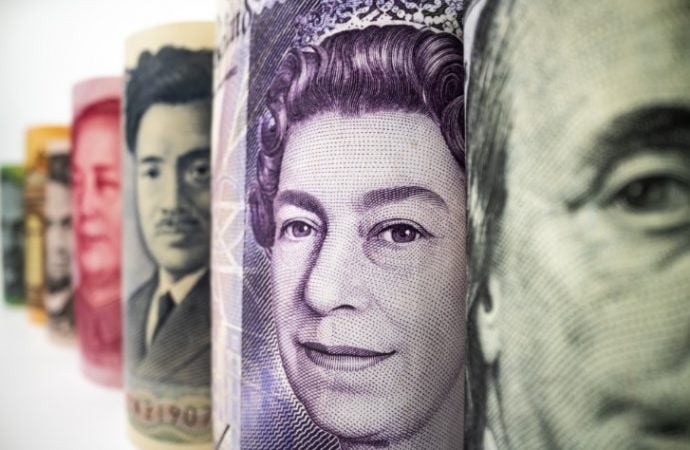
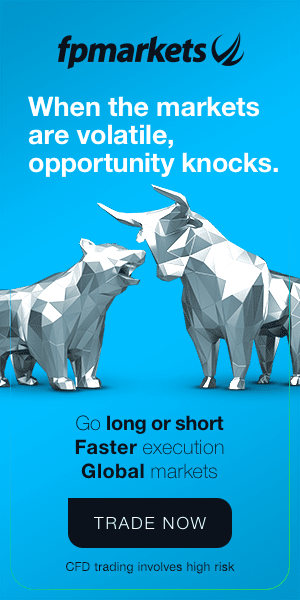
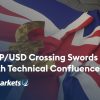

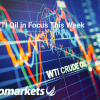

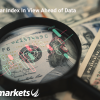
 Access +10,000 financial
instruments
Access +10,000 financial
instruments

